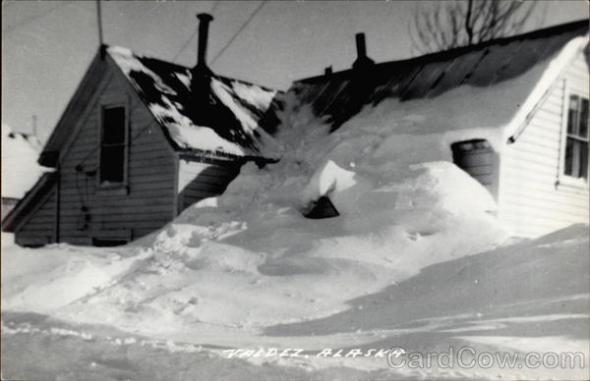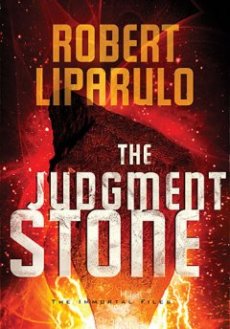
This is the book of Eliot poems I read as a child.
In one of my literature classes today, we were discussing T.S.’s “The Love Song of J. Alfred Prufrock,” and “The Waste Land.” I kept thinking about how I first read him, years ago. When I was a kid, we had this slim book of illustrated selections from Old Possum’s Book of Practical Cats. I remember sitting in the middle of my bedroom floor, eight years old maybe, with that book in front of me. The pictures were charming and the poems themselves had an engagingly playful cadence that made me want to read them aloud to myself, just for the sheer pleasure of the sound (if you’ve never read any of the Practical Cats, please do. You won’t regret it). I read it to my preschool-aged sister and it quickly became one of her favorite books, and she made me read to her probably hundreds. No, I’m not exaggerating one iota here.
Fast forward a few years, and around middle school I decided that I didn’t read enough classics. That is, I been raised on a steady diet of children’s classics: Louisa May Alcott, Laura Ingalls Wilder, Fred Gipson, and the like. But around twelve, I judged that I was an adult—or near enough, at any rate—and ought to read real classics. I had no idea what I was doing. Every few weeks, I would stand in the classics section the library and stare at the shelves. Some of the authors and titles I recognized; most I didn’t. Even the ones I recognized, I rarely knew anything about them. And so, I usually chose books based on what I did know: their size. Being a fundamentally lazy child, I usually picked the shortest volumes I saw. Admittedly, this technique led to some absurdities (like reading A Clockwork Orange and having no idea what was happening), but those are stories for another day. Determined to fulfill my self-imposed classics quota one afternoon, I picked up Eliot’s “The Waste Land,” which was bundled with “The Hollow Men” and, I’m pretty sure, “The Love Song of J. Alfred Prufrock.” After all, it such a skinny book it was almost lost on the shelf, and I knew T.S. Eliot. I even liked him.
Ha.
So, by the by, “The Waste Land” is nothing like “The Song of the Jellicles.” Just in case you didn’t know. It was quite possibly the most confusing experience I ever had in middle school—and remember, that includes reading A Clockwork Orange. I muscled through the poem because I was, in addition to being lazy, also shockingly stubborn when I came to books. I don’t think I ever left a book unfinished until around the time I graduated from high school and even then, I had to slowly train myself into being able to abandon a book once I started. Yes, I know it’s sad, but we’re talking about T.S. Eliot. So I read the entirety of “The Waste Land.” And when I say ‘read’, I mean I looked at every word. There was essentially no comprehension. I loved some of the images. The fortune-teller and the tarot cards in particular burned themselves into my memory. But I couldn’t have told you what the poem was about. After all, I was twelve and it was T.S. Eliot, and I didn’t even have a teacher to explain things. The end result was that I walked away from that experience convinced that I was incapable of understanding whatever Eliot had to say. He was too smart and I was too dumb, and other people could appreciate his genius, but not me.
Fast forward several more years, and now I was in college. “The Waste Land” appeared on the syllabus of my introductory literature class, and for first time in six or seven years I had to read Eliot again. Dutifully, I read the poem. Again, I didn’t understand a word. I took a seat at my desk and listened to the lecture on the poem. The lecture, unfortunately, consisted mostly of a little background about Eliot’s life, then the professor asked the students in the class for their thoughts and opinions. She essentially offered none of her own, and I was still clueless about Eliot. My only consolation now was that, at least I wasn’t the only one. Maybe I couldn’t understand him, but it didn’t seem that anyone could, either, and that whole class was spent with us students drowning “I will show you fear in a handful of dust” and “April is the cruelest month.” I walked away from that class even more convinced of Eliot’s inaccessibility.
Now, a few days ago, I took a third stab at Eliot for my American Literature class. As I read “The Waste Land” and “The Love Song of J. Alfred Prufrock,” glimmers of meaning and the reality behind the metaphors started to appear, vague and blurry, yes, but there. For whatever reason—several more years worth of English classes under my belt, age, or even just the sheer number of readings—Eliot was starting to be something more than just a disjointed series of images. I sat in class today and my professor perched on her desk the way she always does and talked about Prufrock.
And it made sense. I understood “The Love Song of J. Alfred Prufrock.” And I enjoyed it. One of the most beloved of my favorite childhood poets, whom I had decided nine years ago I could never decipher, regained something of the magic he had lost when I had first tried reading “The Waste Land” all those years ago.




